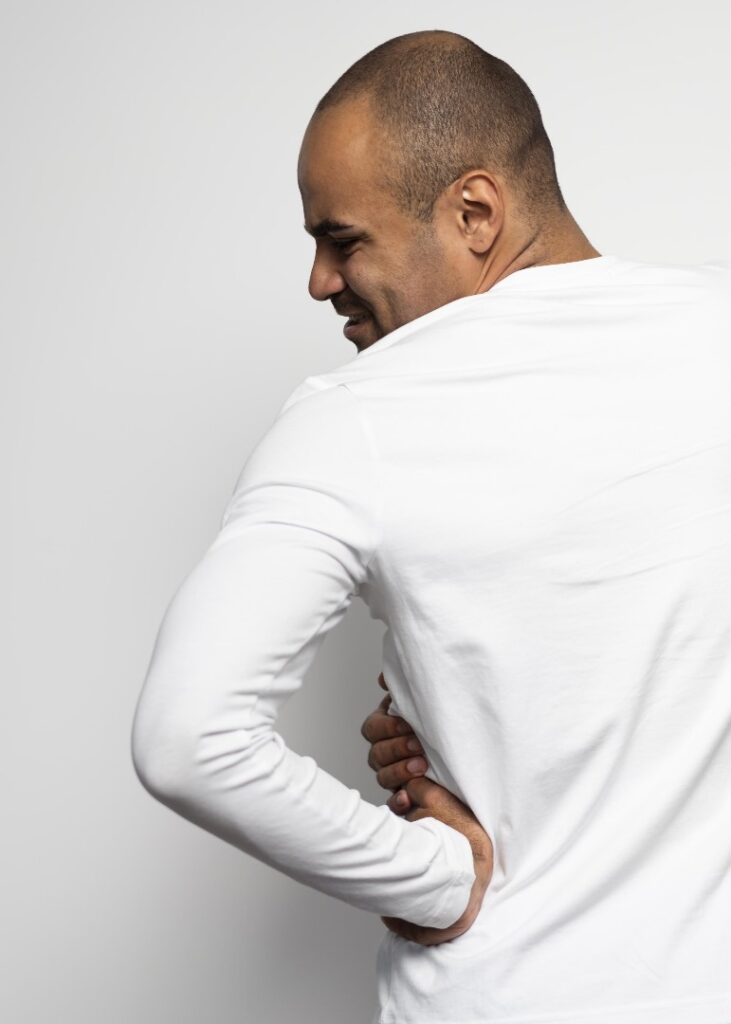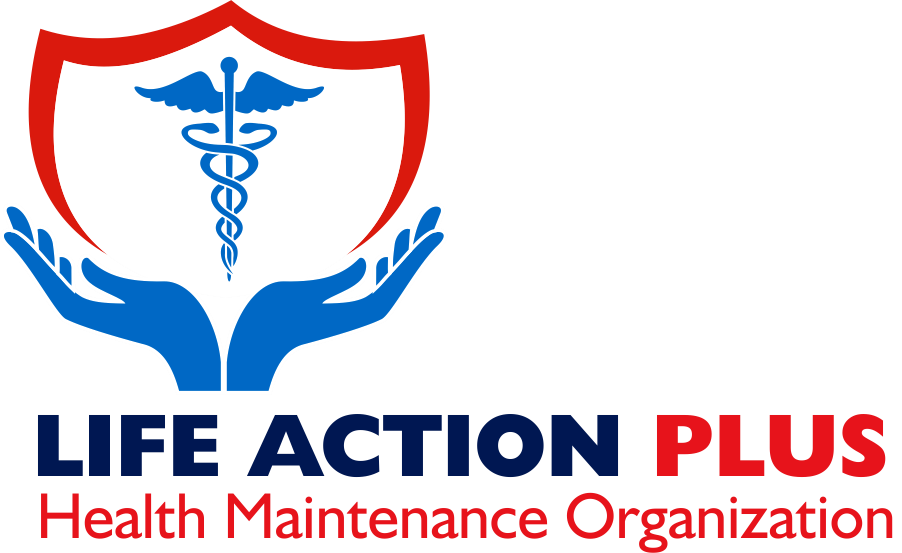Kidney failure happens when one or both kidneys stop functioning normally. This could be due to infections, urine elimination problems or some underlying diseases. Instead of being excreted, waste like urea, creatinine, uric acid and ammonium ions remain in the blood.
Accumulation of these substances is toxic to the human system and could prove to be fatal if not treated in time. The treatments currently available are dialysis or transplant. Dialysis is also called hemodialysis.
It is a process or procedure to eliminate excess salts and nitrogenous waste from blood. It does not absorb or secrete anything. During dialysis, the patient’s blood from a modified blood vessel in the arm is passed into a dialysis machine and returned after being cleaned.

The dialysis fluid is changed regularly to remove wastes and maintain a diffusion gradient between the patient’s blood and the dialysis fluid. The dialysis machine contains the following parts. A steel tub with a filter filled with a warm fluid set at 37°C to suit the patient’s body temperature.
The machine also has a narrow tubular coil of cellophane with pores and a sterile dialysis fluid. The tubular coil of cellophane is semi-permeable in nature. It allows small molecules to pass through, prevents blood cells and large proteins from leaving, and provides a large surface area for material exchange.
The sterile dialysis fluid surrounds the cellophane tube and contains regulated amounts of dissolved salts and sugars. Once a kidney fails, there are very rare chances of it healing. Hence this procedure has to be carried out until the kidney is replaced with a new one.
Transplantation is a major operation through which a failed or dysfunctional kidney is replaced with a healthy one. Kidney transplant is associated with better quality of life, lower risk of death, fewer dietary restrictions, and lower cost of treatment compared to a lifetime on dialysis.
You can keep your kidney healthier by keeping yourself active, maintaining your weight, controlling your sugar level and blood pressure, avoiding over-the-counter medication, avoiding smoking, and maintaining a healthy fluid intake.


